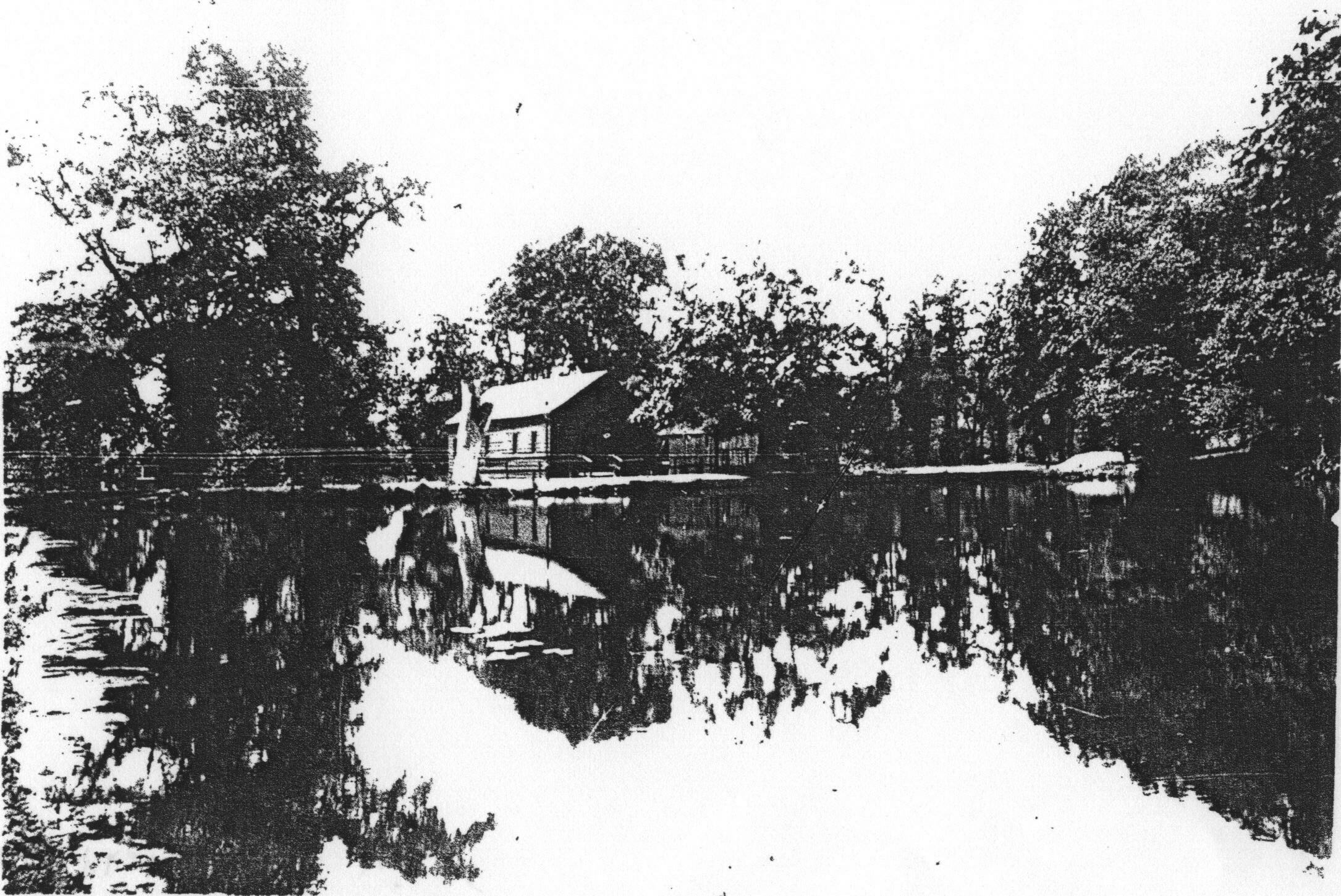Mill Site
After Jacobus Van Cortlandt began acquiring property in today’s park in the late 17th century, he had a mill constructed on Tibbetts Brook. While Jacobus Van Cortlandt did not live here, his property was managed by a local overseer and work was performed by enslaved people. It is therefore highly likely that enslaved people contributed to the construction of the mill building.
Later in the colonial period, two mill buildings stood on this location. They depended on Tibbetts Brook, which was dammed to drive two large water wheels and provide power. One of these mill buildings was a saw mill, where felled trees could be cut into lumber. The other building was a gristmill–or a mill for grinding grain into flour. Both timber and flour were two of the chief exports out of New York Colony.
Before the American Revolution, an enslaved African man named Piero worked as the miller here. Not only would Piero have milled grains grown on the plantation, neighboring farmers would also have brought their own crops here to be milled for a fee–commonly called the “miller’s toll.”
Since Piero was a skilled worker, the Van Cortlandts profited mightily from exploiting his labor as the miller’s toll went straight to their bottom line. Piero may have been elevated to a higher status due to his skill and importance on the plantation. Piero’s wife Hester and son Pieter were both enslaved by the Van Cortlandts and may have slept here in one of the mill buildings. Other enslaved Black people on the plantation such as Hannah, Sare, Clause, and Franke probably did not have the same privilege of living as a family unit. They were sent off to live with various relatives of the Van Cortlandts after the death of Frederick Van Cortlandt in 1749.
The story of Piero highlights an overlooked fact–that enslaved Africans in New York held a variety of skilled occupations in addition to unskilled manual labor. Another enslaved skilled laborer named Andrew Saxton was held by the Van Cortlandts. He worked as a cooper, or barrel maker, before running away to escape slavery in 1733.
After slavery was outlawed in New York State in 1827 the mills continued in operation under the stewardship of a paid employee of the Van Cortlandt family–Caleb Van Tassel. After ice-skating on Van Cortlandt lake, neighborhood children would warm their hands at the stove inside the gristmill. After the area became Van Cortlandt Park, the mills were struck by lightning and burned down in the early 1900s.



